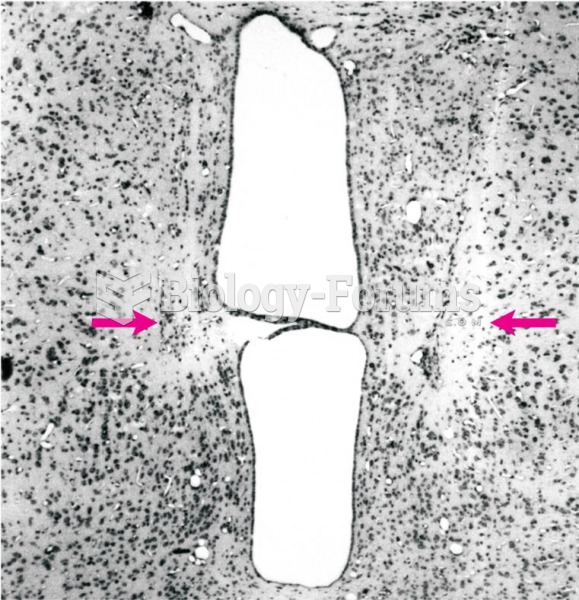|
|
|
Did you know?
The term pharmacology is derived from the Greek words pharmakon("claim, medicine, poison, or remedy") and logos ("study").
Did you know?
Everyone has one nostril that is larger than the other.
Did you know?
Approximately 500,000 babies are born each year in the United States to teenage mothers.
Did you know?
Thyroid conditions may make getting pregnant impossible.
Did you know?
Bisphosphonates were first developed in the nineteenth century. They were first investigated for use in disorders of bone metabolism in the 1960s. They are now used clinically for the treatment of osteoporosis, Paget's disease, bone metastasis, multiple myeloma, and other conditions that feature bone fragility.







